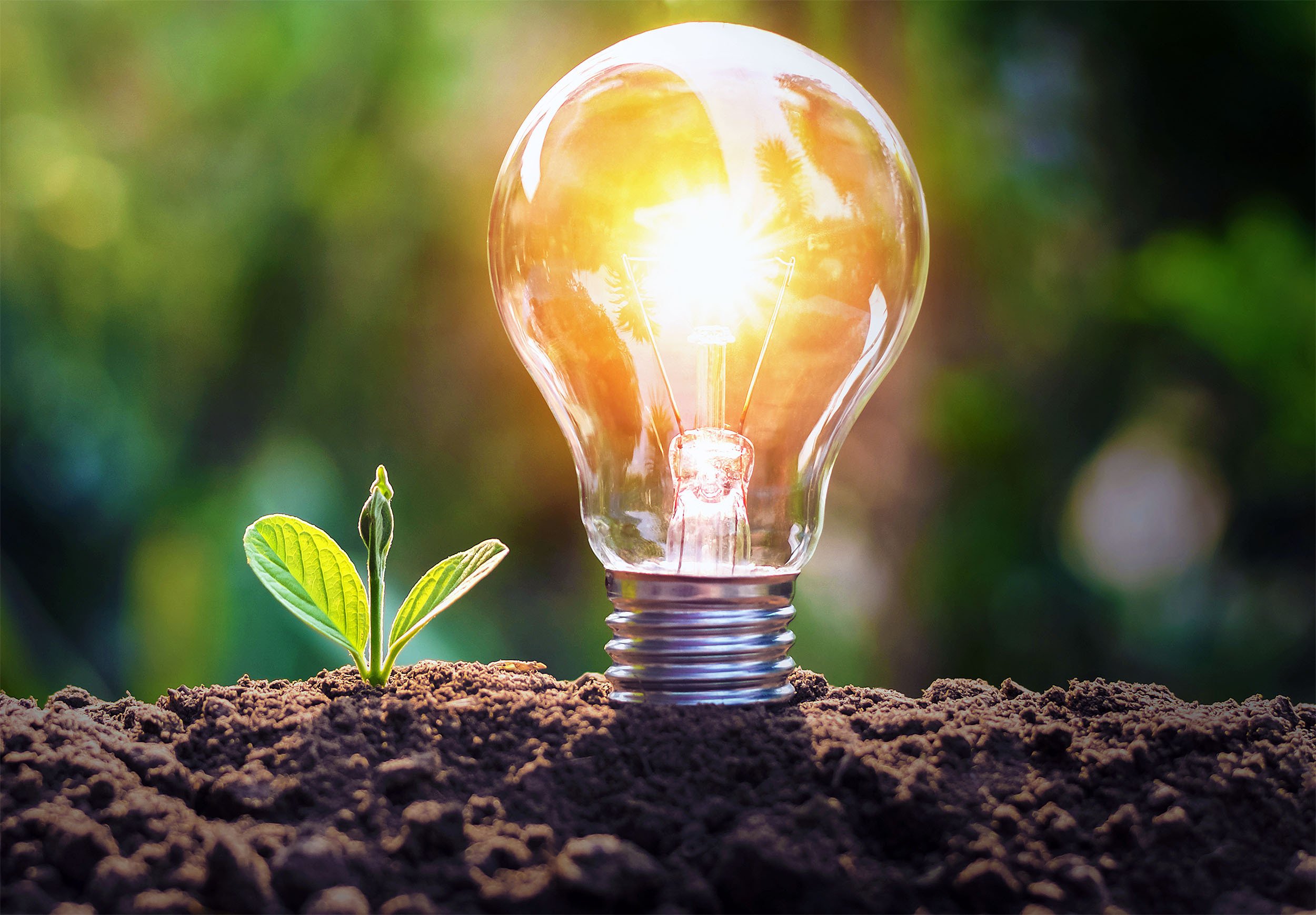- cross-posted to:
- [email protected]
- [email protected]
- cross-posted to:
- [email protected]
- [email protected]
Breakthrough: “Electronic soil” boosts crop growth by over 50%::This research introduces an innovative approach to soilless cultivation, or hydroponics, by integrating electronic soil, or eSoil.



Years ago I was following “alternative science” channels (for fun) and one of their ideas was to put metal rods in a field and apply current to increase plant growth. Their other ideas were intelligent plasma generating free electricity and using water as fuel so I dismissed the “electric soil” idea as another idiotic experiment although the least crazy one. Could they be on to something after all? Not with the intelligent plasma of course, just the electricity and plants.
The browns gas thing (usually “using water as fuel” by splitting it… Using power from the engine) actually has insanely specific be credible use case.
It turns out that in very specific engine types, you can gain additional engine efficiency that’s worth the energy it took to generate the gas. The us army did a whole proper study. That net gain was, however, only present in vehicles not maintained on the usual schedule. So it did infact help some engine types that were not well maintained.
I know this because I did a dive years back. Effeciency be damned, building a reserve of browns gas that I could dump in when I wanted for a power boost sounded fun as hell to me. You wouldn’t gain any effeciency (probably loose a ton) but you would have more power when you were mixing in the reserve you’d built up. I wound up not doing it because 1) the vehicle I had in mind was carb not fuel injection so no power gains there. And 2) dealing with generating, pressurizing, storing and delivering a gas isnt a ton of fun in a “for the lolz” project.
It’s hard to say without reading the actual paper, but summaries (from other sites, the earth.com site is terribly lacking) describe their approach as an alternative substrate for hydroponic cultivation, which would be both easier/more eco-friendly to produce, and allow conductivity. In any case it is far from “sticking a metal stick around”.
So I’m trying to find an academic article, but it’s not just the substrate. They blew right past it in the article but there is electric potential applied, and the substrate is slightly conductive which is what allows it. They seem to imply that leads to better root growth but like I said the article barley mentioned the actual e of the e soil lol.
But bioelectrochemistry is a thing. I work on the other end, where microbes are depositing electrons, but I am aware of different technologies where the bugs use a potential as an energy source for specific reactions, usually around remidiating some nasty stuff in the ground.
Im less aware of it affecting a plant directly (I’d assume it changed the soil bugs or something) but it’s not hard to picture. Good be something as simple as the potential changing the osmotic pressure and making it easier for the plants to take up nutrients or something.
But yeah, pretty far from a rod in the ground, although in some cases that is basically all you’d need. The bioelectrochemistry field always had junk science to contend with.